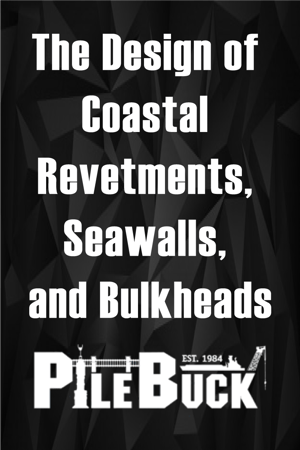
 Chemical grouts have an amazingly diverse range of properties. This makes them incredibly useful for all types of waterproofing, soil modification, and structural repairs. This wide range of characteristics means that there is no one size fits all grout out there. But I get ahead of myself. Before one can select a chemical grout for a repair it is necessary to understand not only the asset to be repaired but also how and why it is failing and/or leaking. There are numerous methodologies that can be utilized to determine what is going on, but before one can start the troubleshooting one needs to understand the structure's design.
Chemical grouts have an amazingly diverse range of properties. This makes them incredibly useful for all types of waterproofing, soil modification, and structural repairs. This wide range of characteristics means that there is no one size fits all grout out there. But I get ahead of myself. Before one can select a chemical grout for a repair it is necessary to understand not only the asset to be repaired but also how and why it is failing and/or leaking. There are numerous methodologies that can be utilized to determine what is going on, but before one can start the troubleshooting one needs to understand the structure's design.
This is why I love articles like this one from PileBuck.com. It gives a good overview of seawalls and bulkheads. These structures are often the frontline in our war against erosion and thus require periodic maintenance. We at Alchemy-Spetec are committed to providing cost-effective, high-quality grouts tailored to the precise needs of the project. We know that a quality grout is just the beginning and we follow-through with the most experienced technical support in the industry. Enjoy the article...
Along bluffs and coastal shorelines, various structures are often necessary to protect beaches from wave action, or to retain fill or in situ soil. There are three primary structure types that can be utilized to accomplish these goals, including protective materials laid on slopes, known as revetments, and vertical structures, which are classified as either seawalls or bulkheads.
Revetments are typically constructed of stone or other durable materials to provide protection for designated slopes. They are built with an armor layer, a filter layer or layers, and toe protection. The armor layer can consist of interlocking structural elements designed to form a geometric pattern, or a random mass or stone or concrete rubble. Next, a filter layer will ensure drainage and protection of the underlying soil. Finally, toe protection will offer stability against undermining at the base of the revetment.
While bulkheads and seawalls are both types of vertical structures used to protect coasts, they have different purposes. Bulkheads are used to retain or prevent the sliding of land, with protection of the upland area from wave action as a secondary consideration. In contrast, the primary purpose of seawalls is to intercept waves. Bulkheads can be cantilevered, anchored, or gravity structures, with their use limited to areas where wave action can be resisted by the types of materials used in these respective designs (such as sheet piling or rock-filled timber cribs). For areas where intense wave action exists, massive concrete seawalls are the more appropriate choice, with either a vertical, concave, or stepped seaward face.
Read the rest at PileBuck.com...



